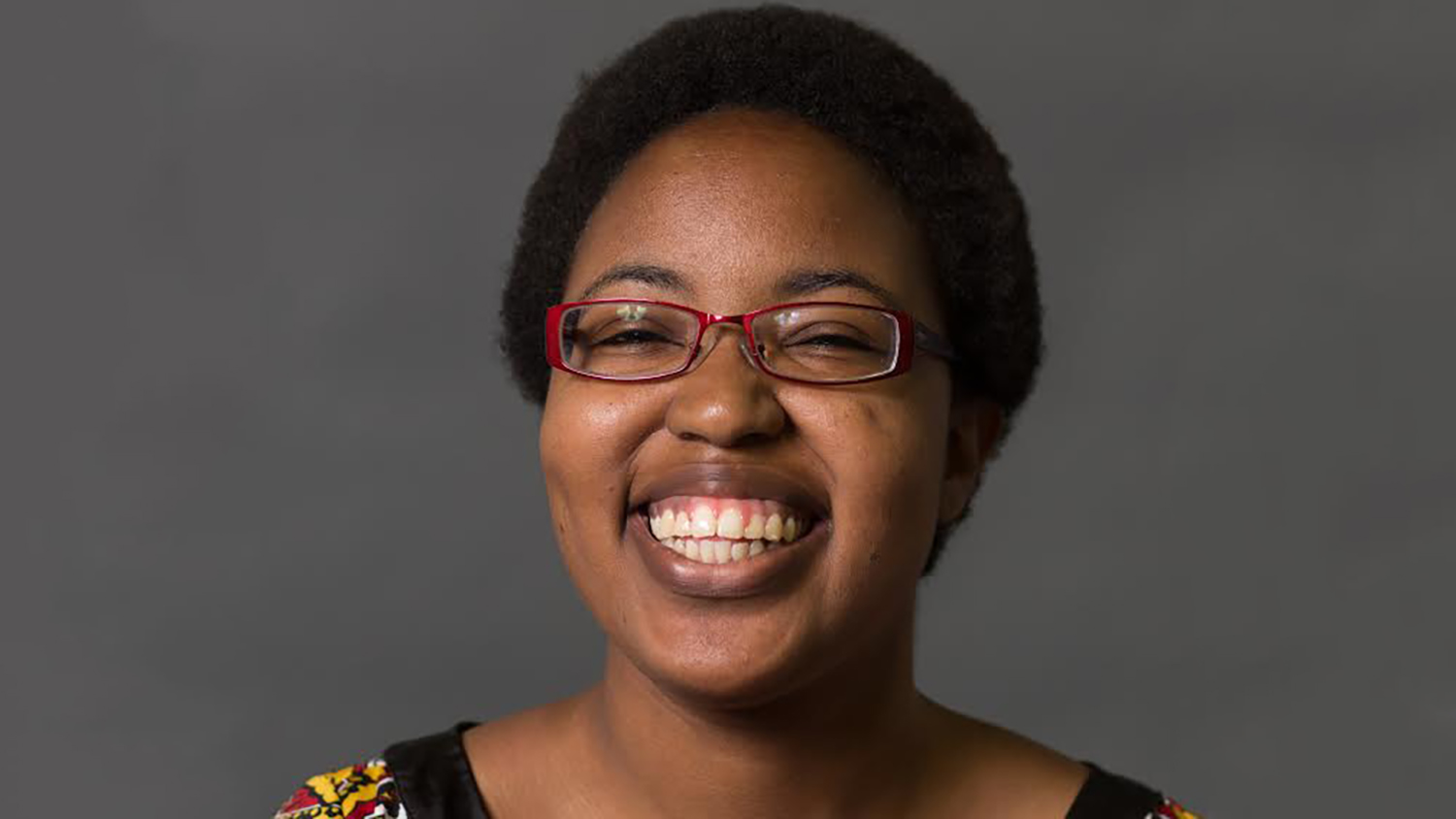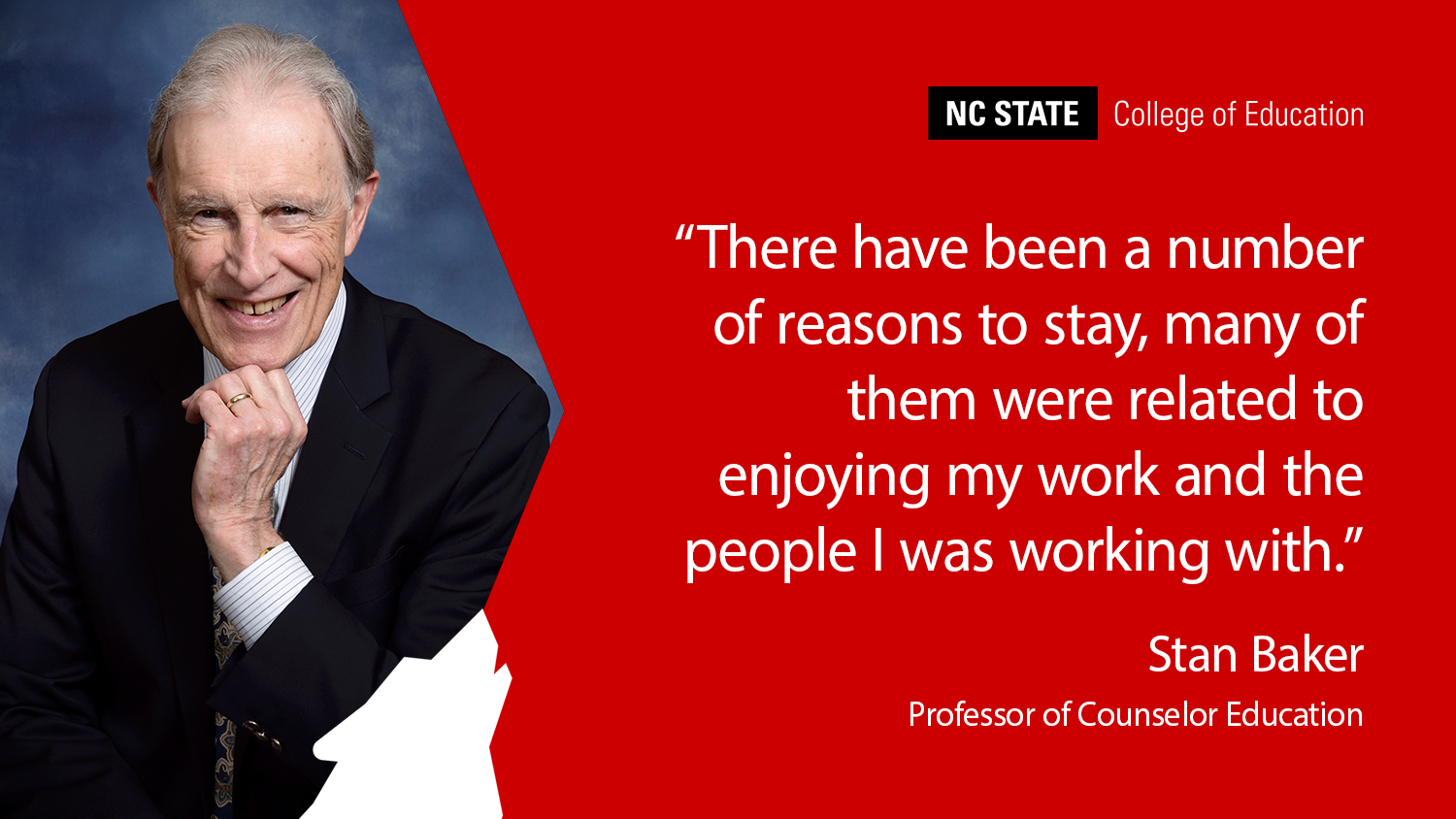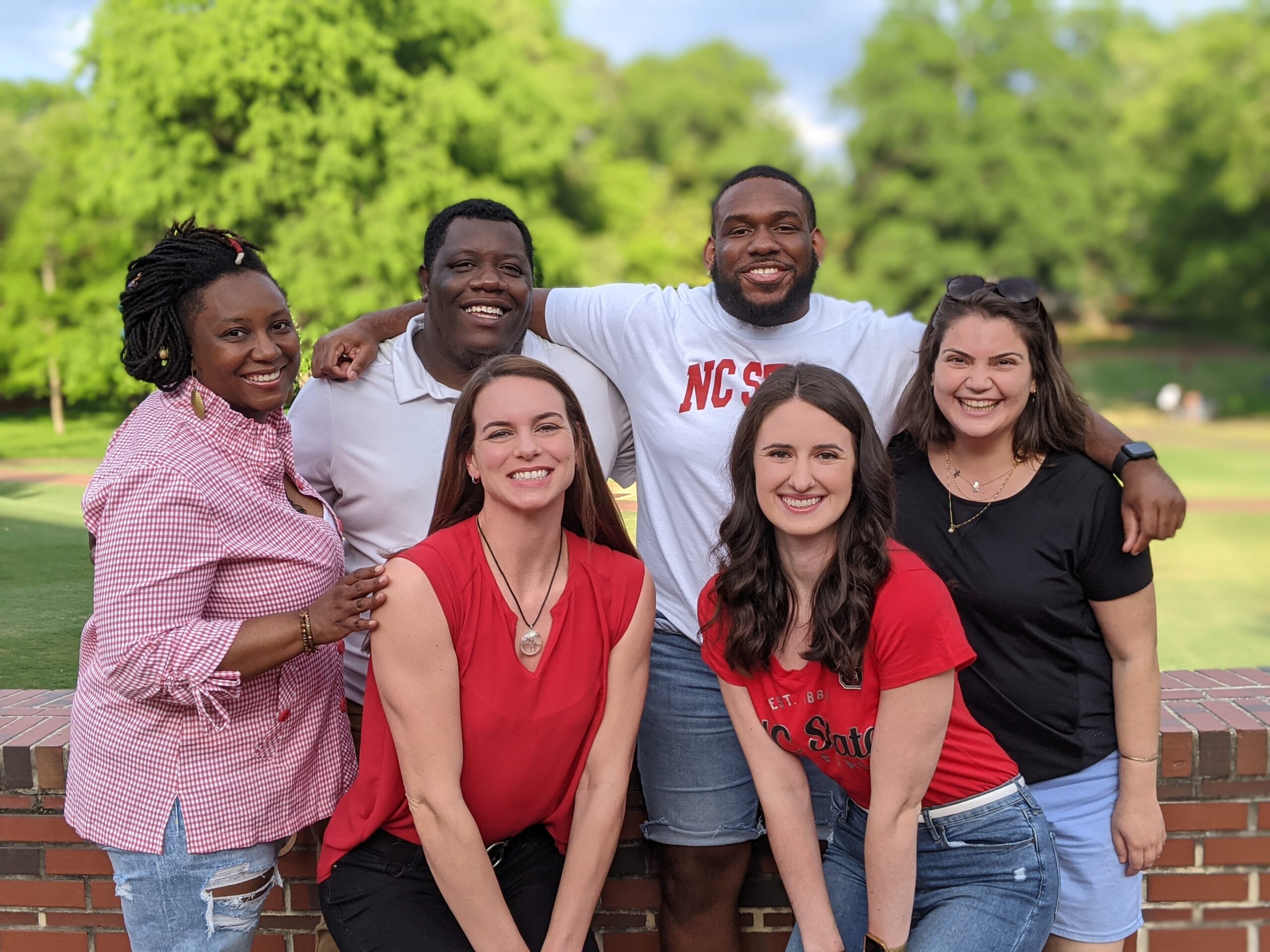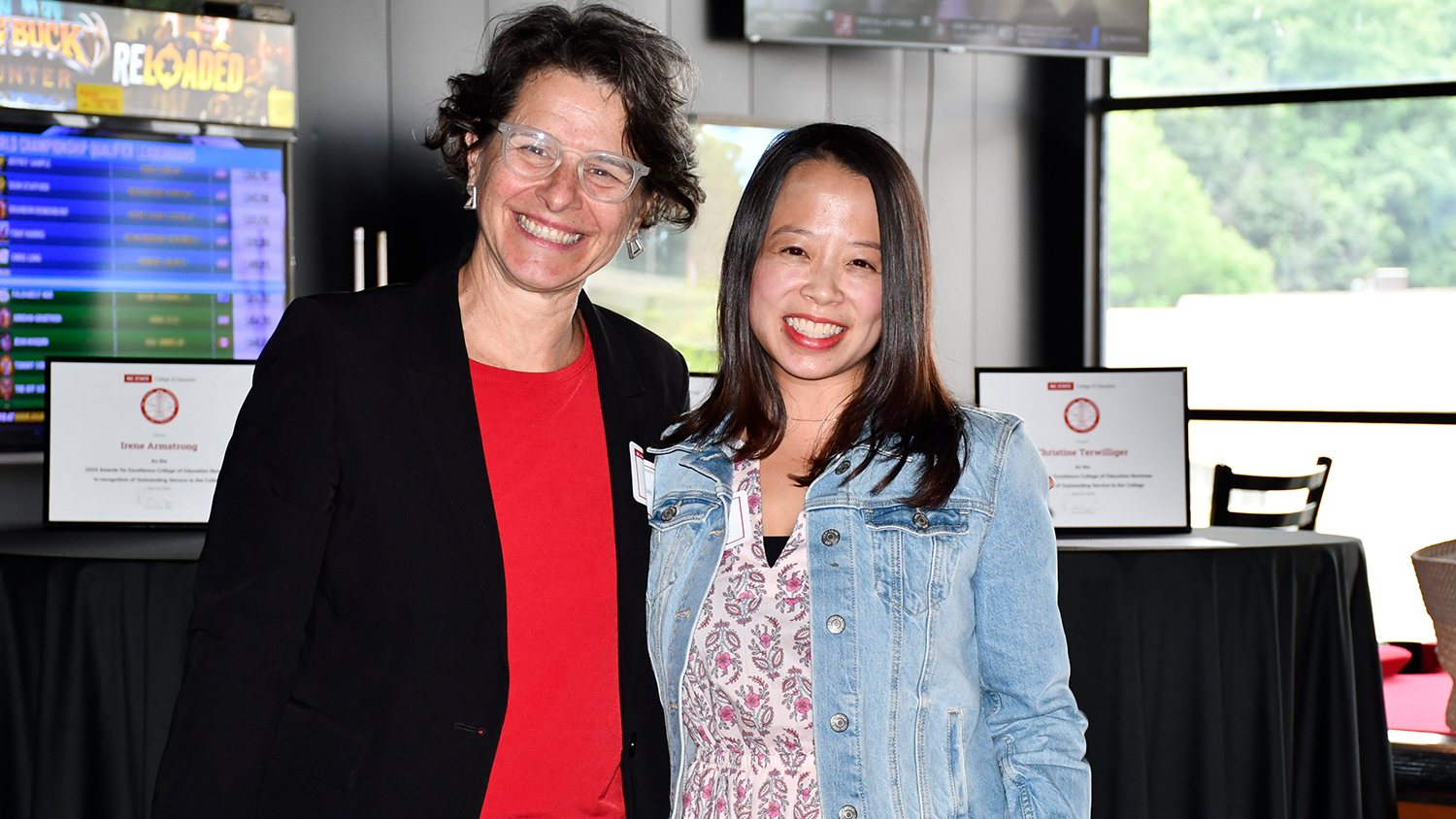Christy Byrd on Studying School Racial Climate: ‘When You’re Learning About Yourself at School, That Makes School Seem Relevant to Your Life’

When Christy Byrd, Ph.D., an assistant professor of educational psychology at the NC State College of Education, was a graduate student, she was part of a research lab focused on the study of Black identity. While most researchers at the time were exploring the relationship between having a strong Black identity and feelings about school, Byrd felt there was a crucial element missing: the context of the specific school environments.
It was that feeling that led Byrd to begin researching the relationship between school climate and racial identity, focusing on the dimensions of school climate and the ways in which a school’s racial climate might differ from its overall climate.
Byrd developed the School Climate for Diversity Scale, a framework that divides school racial climate into two dimensions to examine intergroup interactions: equal status and fair treatment for students, as well as school racial socialization, which explores the messages students receive in school related to race and culture. The scale was then modified for use at both the middle and high school level as well as at the college level.
Since validating the scales two years ago, Byrd has found through usage that students have a more positive sense of their academic abilities and a healthier development of their racial identities when they attend a school where all people are treated fairly, they have regular positive interactions with others and they have an opportunity to learn about their own culture.
“When they feel more connected to school, they feel more interested in school. When you’re learning about yourself at school, that makes school seem relevant to your life and it gives you positive role models,” she said.
Byrd cited her own experience of learning about Kenneth Clark in a college course as an example of the importance of learning about same-race role models. Clark was the first Black man to earn a Ph.D. in psychology from Columbia University and had his research cited in the Brown vs. Board of Education Supreme Court decision.
Learning about a Black man who had a significant impact on the field of psychology, she said, inspired her to believe that she could belong in the field and make important contributions. The same is true for younger students who are able to learn about people who look like them in the classroom.
“In the school curriculum a lot of times, especially for students of color and from other minority backgrounds, the experiences that are presented are not of people who look like them, so it can seem like you don’t have a voice unless you look like these White men from history,” Byrd said.
To further give students a voice at school, Byrd helped develop #PassTheMicYouth, an initiative at NC State that seeks to amplify the voices of young people by sharing their lived experiences and stories of activism through a podcast and blog. Giving students an opportunity to share their stories, Byrd said, can help contribute to a sense that their contributions matter.
“By giving students a platform to use their voice and by showing them ways that their voice can be important to their community, it proves to them that their perspectives are important and the way that they see the world is important.”
Building on her work to promote diversity and examine the role school climate plays in academic success, Byrd is currently developing the Teaching about Identities, Diversity and Equity (TIDE) model.
This new area of research focuses on diversity courses and the messages students receive in classes specifically designed to teach people about identities, privilege and oppression.
The project, which is in its early conceptual phase, will examine course instructors, students and learning environments to determine the best practices for promoting learning about sensitive topics related to diversity through different models.
The Development Cycles of TIDE, for example, describes the necessary competencies a person needs to move from not having any awareness of diversity and inequality to being someone who is actively working towards societal change.
“TIDE is me trying to figure out what it is about the instructor, the student and the learning environment that promotes learning about these topics in ways that help people really grasp all the concepts,” Byrd said. “For students, learning about diversity is going to be an emotional process, but we need to look at how we can help people address their emotions and use them in positive ways and then actually take that content and engage in moving toward action to actually better society.”
- Categories:


